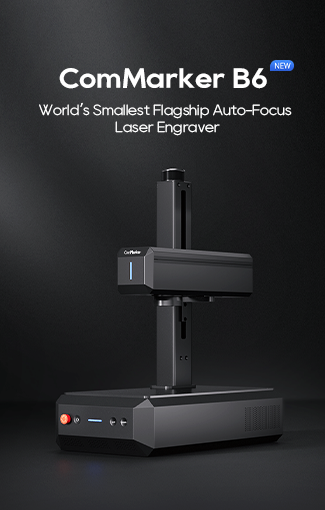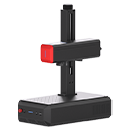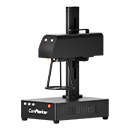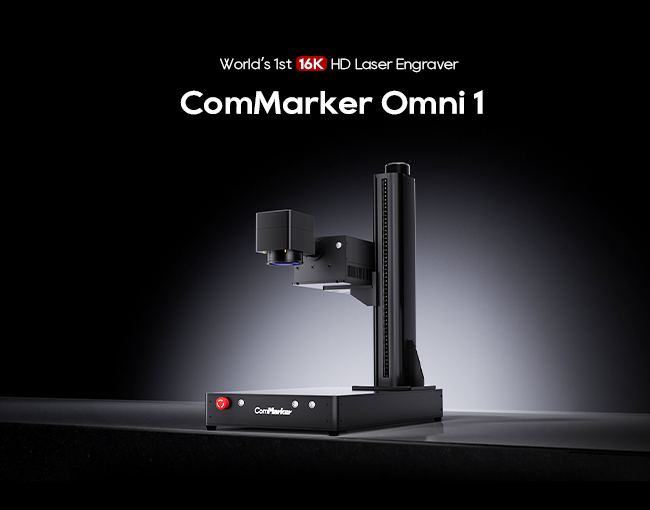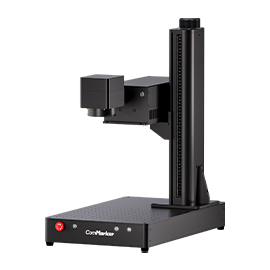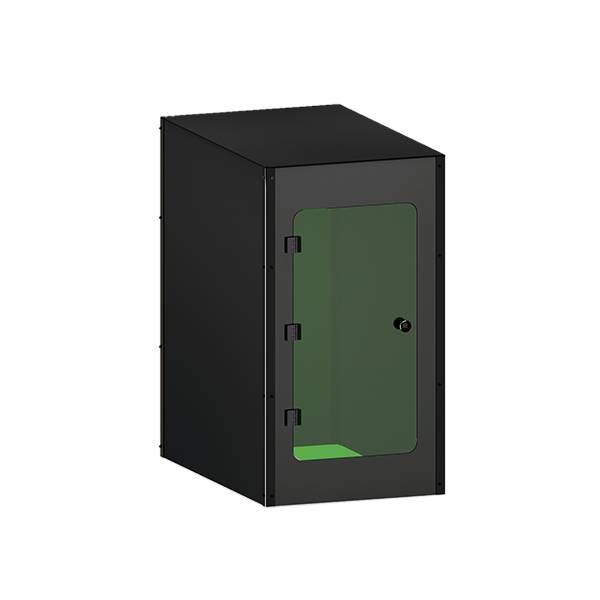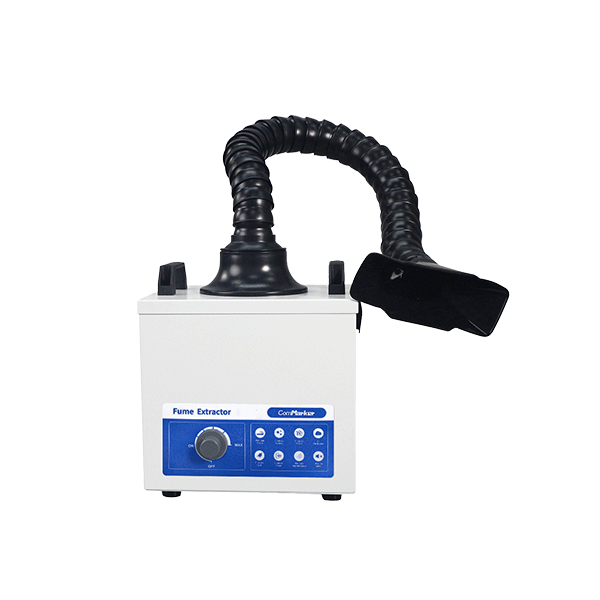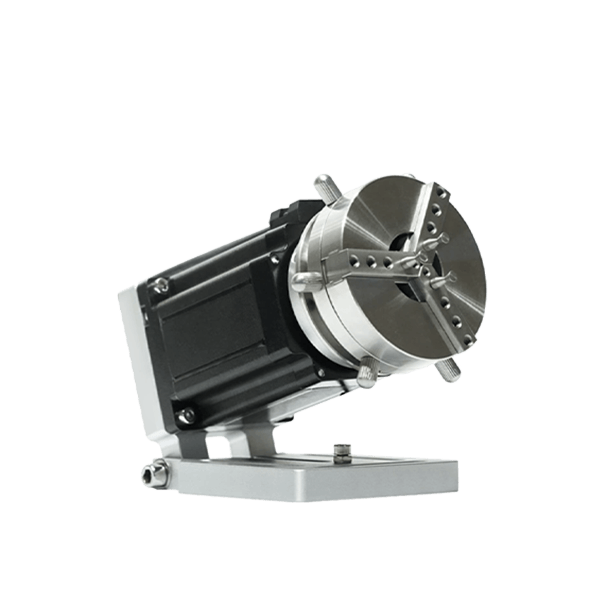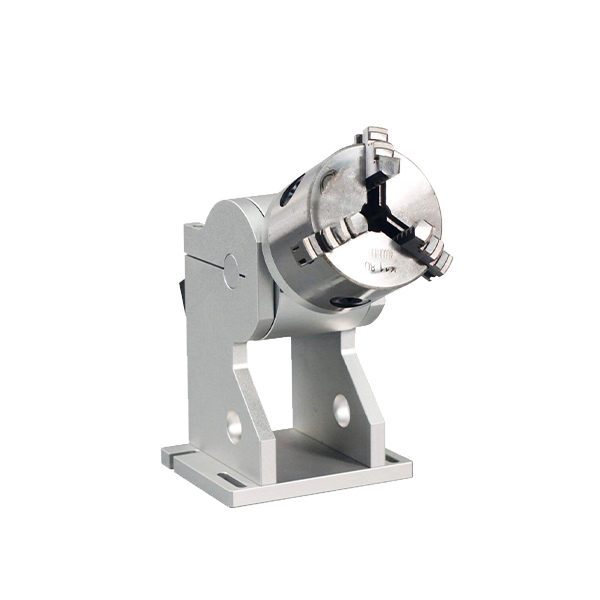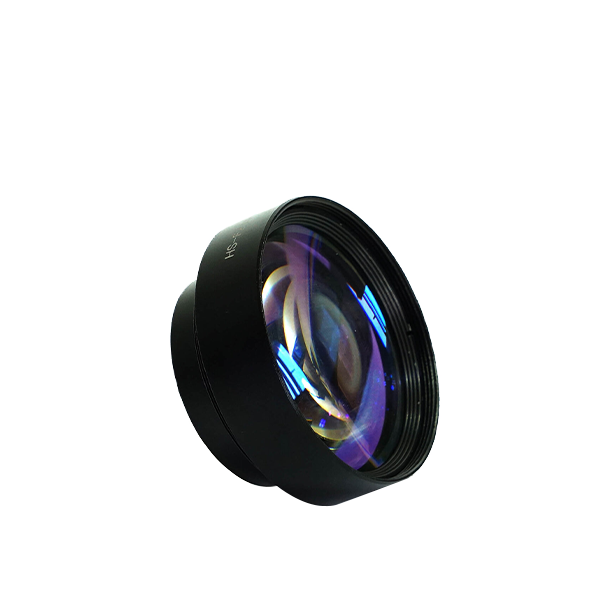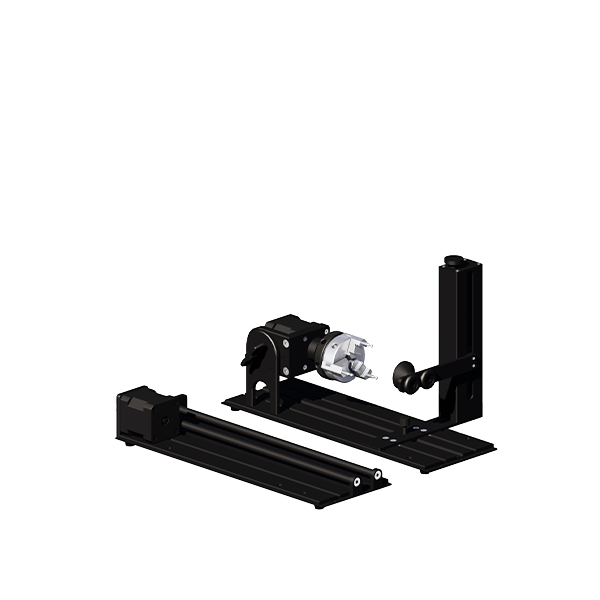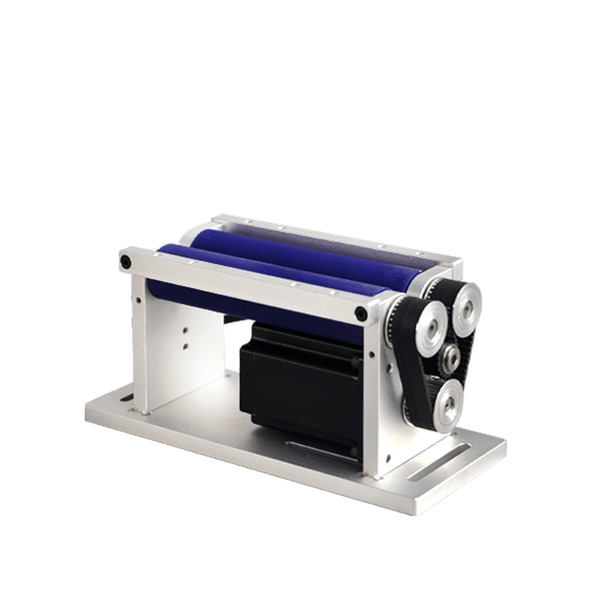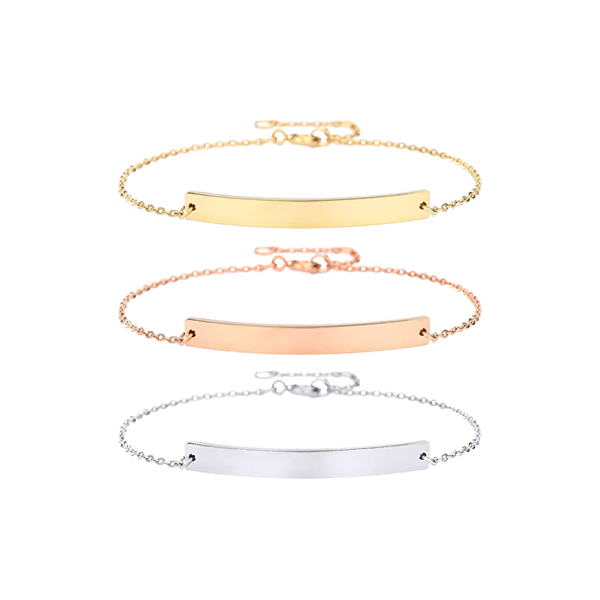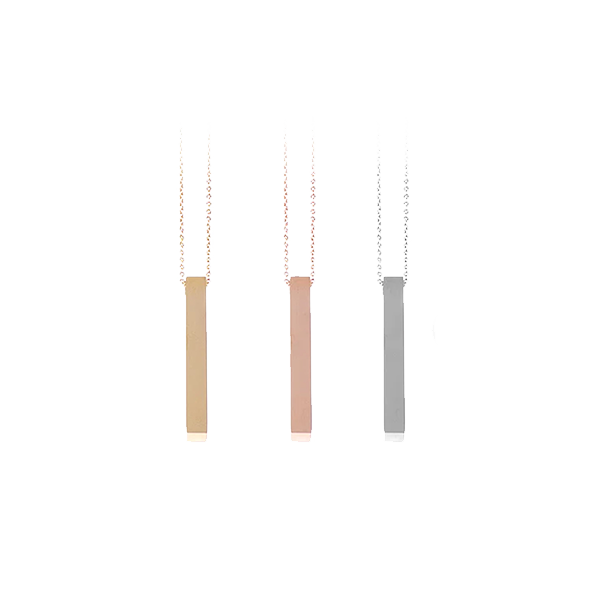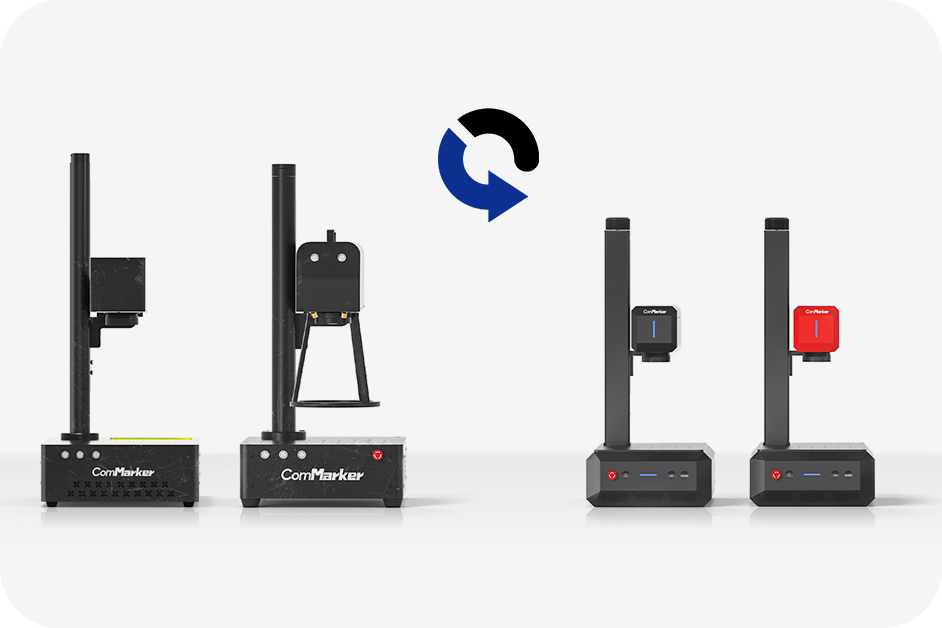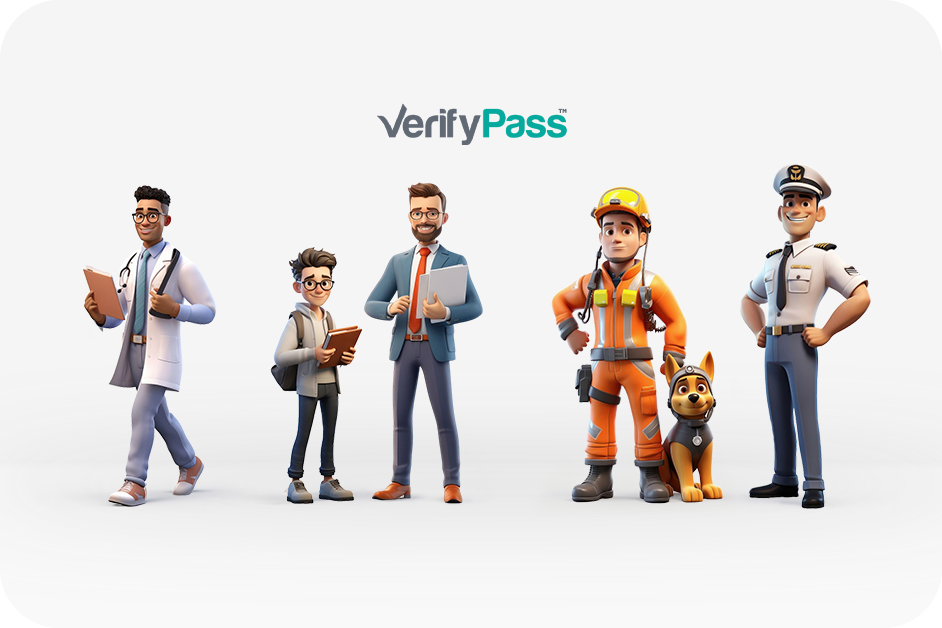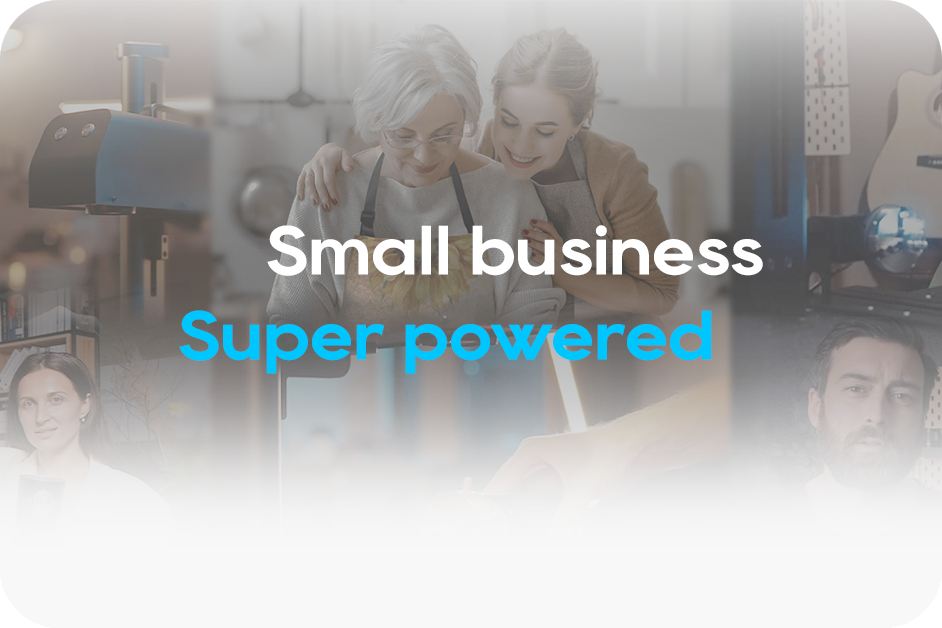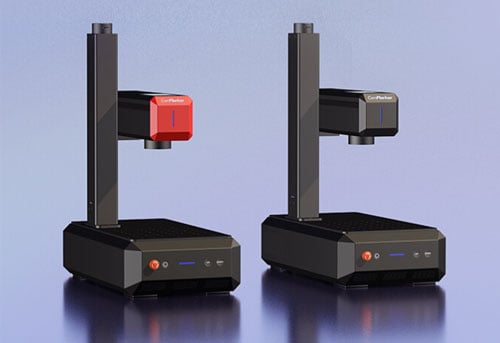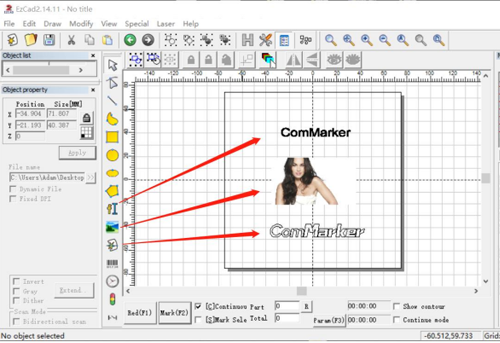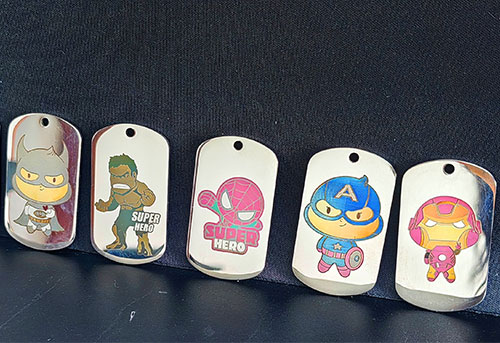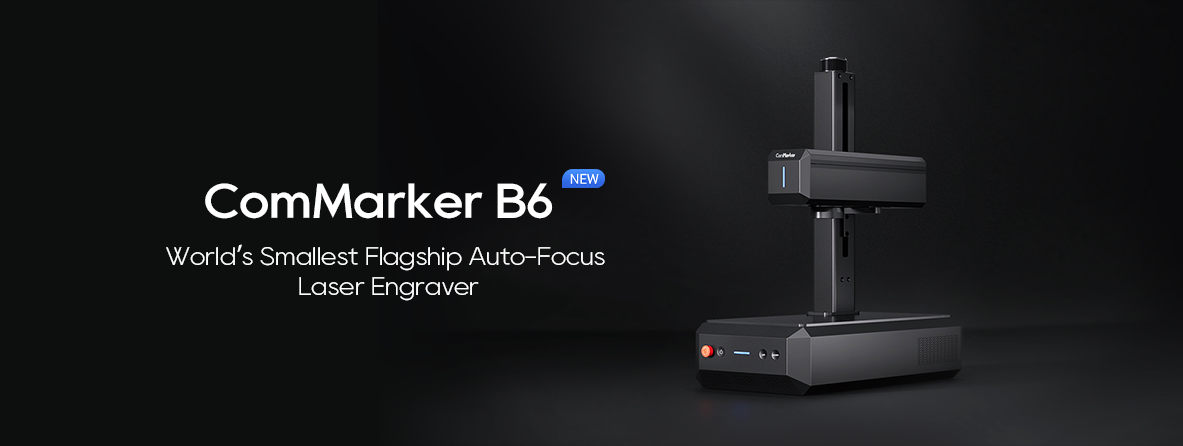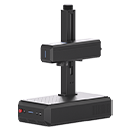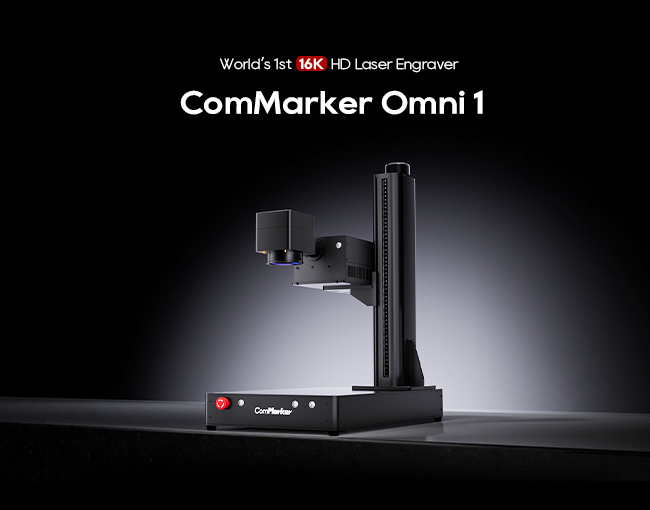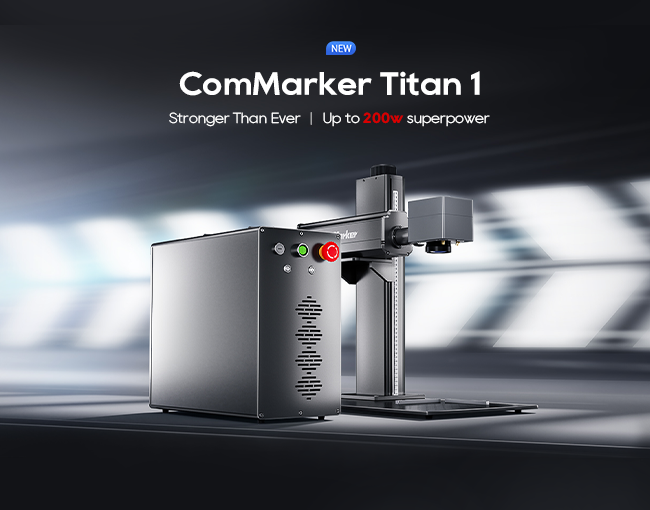Quando si seleziona a macchina per incisione laser, la tua decisione dipende da alcuni fattori critici, come la precisione, energia, e i tipi e gli spessori dei materiali con cui vuoi lavorare. Che tu sia un appassionato o un professionista alla ricerca della soluzione perfetta per le tue esigenze creative o aziendali, comprendere questi fattori può aiutarti a fare una scelta informata.
Questa guida approfondirà gli aspetti tecnici degli incisori laser, coprendo i tipi di laser disponibili, le loro capacità, e le considerazioni essenziali per la scelta della macchina giusta. Inoltre, discuteremo i fattori chiave a cui prestare attenzione, assicurandoti di evitare potenziali insidie.
Tipi di macchine per incisione laser
I principali tipi di macchine per incisione laser sono Laser a CO2, laser a fibra, E Laser UV. Ognuno ha i suoi punti di forza, e la tua scelta dovrebbe essere in linea con le tue esigenze specifiche.
Laser a CO2
- Precisione: Moderare
- Gamma di potenza: 30W fino a 40 W+
- Movimentazione dei materiali: I laser CO2 eccellono nell’incisione di materiali organici come il legno, pelle, tessuto, acrilico, bicchiere, e alcuni metalli rivestiti. Sono ideali per materiali più spessi e morbidi.
- Meglio per: Produttori che lavorano con un'ampia gamma di materiali non metallici, dagli artigiani alle aziende di segnaletica.
Laser a fibra
- Precisione: Alto
- Gamma di potenza: 20W fino a 100 W+
- Movimentazione dei materiali: Progettato principalmente per metalli come l'acciaio inossidabile, alluminio, ottone, e altre leghe. I laser a fibra funzionano bene anche su alcune plastiche.
- Meglio per: Coloro che hanno bisogno di incidere metalli con elevata precisione, come i gioiellieri, produttori di utensili, e marchi di elettronica.
Laser UV
- Precisione: Altissimo
- Gamma di potenza: 3W a 5 W
- Movimentazione dei materiali: Ideale per marcare materiali delicati e sensibili al calore come il vetro, ceramica, plastica, e perfino i tessili. I laser UV riducono al minimo i danni termici dovuti alla loro “Freddo” processo di incisione.
- Meglio per: Aziende che lavorano con materiali sensibili o che necessitano di sanzioni, incisione dettagliata senza danneggiare il materiale di base.
Considerazioni chiave per la scelta a Macchina per incisione laser
1. Precisione dell'incisione
La precisione è fondamentale se il tuo lavoro richiede dettagli precisi, come la creazione di caratteri piccoli, disegni intricati, o grafica ad alta risoluzione. Il livello di precisione è spesso correlato alla lunghezza d'onda del laser e al controllo sul raggio laser.
- Laser a CO2: Fornire una precisione adeguata per progetti più grandi, ma lotta con i dettagli fini su materiali più duri.
- Laser a fibra: Offrire alta precisione, in particolare per metalli e materie plastiche, rendendoli ideali per lavori dettagliati.
- Laser UV: Brilla nell'offrire un'incisione ultra precisa, perfetto per attività di microincisione in cui è necessario evitare la deformazione termica.
2. Potenza del laser
La potenza influisce direttamente sulla profondità di taglio dell'incisore e sull'efficienza con cui può gestire materiali più spessi. Una potenza maggiore significa un'incisione più rapida e profonda, ma può ridurre la precisione in alcuni materiali.
- Laser a CO2: Disponibile in un'ampia gamma di livelli di potenza (30W-40W+), gestiscono il taglio e l'incisione su non metalli più spessi ma possono avere problemi con i metalli se non rivestiti.
- Laser a fibra: Tipicamente varia da 20 W a 100 W, possono incidere e persino tagliare metalli sottili. La potenza inferiore è adatta per la marcatura, mentre una potenza più elevata consente di tagliare metalli più spessi.
- Laser UV: Con gamme di potenza inferiori (3W-5W), I laser UV sono ideali per marcare materiali delicati anziché tagliarli.
3. Compatibilità dei materiali
Comprendere la compatibilità dei materiali di ciascun tipo di laser è essenziale. Laser diversi eccellono con diversi tipi di materiali.
- Laser a CO2: Eccellente per incidere e tagliare materiali organici come il legno, pelle, acrilico, e vetro. Tuttavia, i metalli nudi sono vietati senza rivestimenti.
- Laser a fibra: Ideale per metalli e alcune plastiche, ma fatica con il legno o materiali trasparenti come il vetro.
- Laser UV: Maneggiare materiali sensibili al calore come la plastica, bicchiere, e ceramica con facilità, offrendo marcature precise senza bruciature o screpolature.
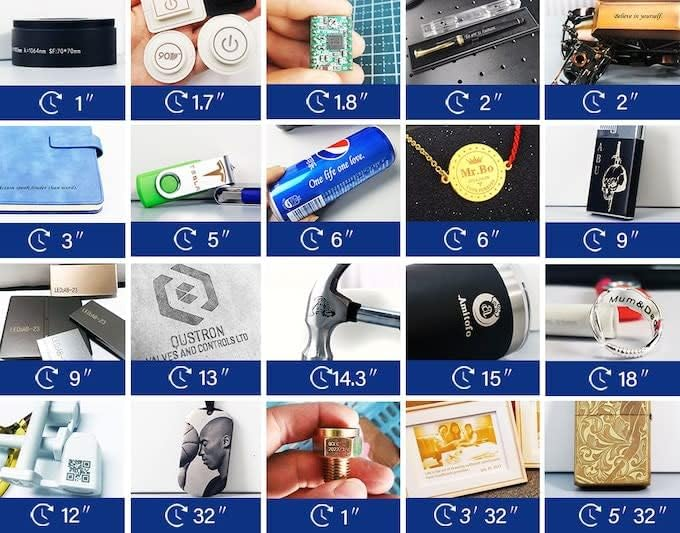
4. Spessore del materiale
Se hai intenzione di tagliare i materiali, lo spessore che possono gestire è una considerazione cruciale.
- Laser a CO2: Wattaggi più elevati possono tagliare materiali più spessi come il legno, pelle, e acrilico, rendendoli versatili sia per gli hobbisti che per i professionisti.
- Laser a fibra: I laser a fibra ad alta potenza possono tagliare i metalli sottili (fino a 2-3 mm). Sono ottimi per le applicazioni che richiedono tagli netti sul metallo.
- Laser UV: Focalizzato principalmente sulla marcatura piuttosto che sul taglio. Non sono adatti per il taglio di materiali spessi ma eccellono nell’incisione di alta qualità.
5. Considerazioni sul budget
Il prezzo delle macchine per incisione laser varia notevolmente a seconda del tipo, energia, e caratteristiche. I laser a CO2 tendono ad essere più convenienti, mentre i laser a fibra e UV hanno un prezzo più elevato a causa delle loro capacità avanzate.
- Laser a CO2: In genere più conveniente, rendendoli un buon punto di ingresso per le piccole imprese e gli hobbisti. I prezzi vanno da $500 A $10,000, a seconda della potenza e della dimensione.
- Laser a fibra: Più costosi a causa della loro maggiore precisione e capacità di incisione dei metalli. Aspettatevi prezzi a partire da $2,000 fino a $30,000+.
- Laser UV: Il più costoso, data la loro precisione e capacità di lavorare con materiali sensibili. I prezzi di solito partono da $5,000 e può superare $40,000 per i modelli più avanzati.
Macchina per incisione laser a fibra B4 20W JPT MOPA
Portatile & Conveniente: Macchina per incisione laser a fibra B4 MOPA 20W, del peso di 18 kg con dimensioni compatte. Sollevamento elettrico: Motore integrato per una messa a fuoco precisa. Incisione versatile: Colori su acciaio inox, bianco e nero su alluminio, oltre a incisioni 3D e profonde su metallo e roccia. Ampia area di lavoro: Doppie lenti (110mm, 200mm) con precisa calibrazione del punto rosso. Migliorato…
Considerazioni sulla sicurezza
- Occhiali di protezione laser: Utilizza sempre gli occhiali di sicurezza appropriati per il tipo di laser che stai utilizzando, che si tratti di CO2, fibra, o UV. Diversi laser emettono luce a diverse lunghezze d'onda, quindi assicurati che i tuoi occhiali siano classificati per il tipo specifico di laser.
- Sistemi di ventilazione e scarico: Incisione di alcuni materiali, in particolare plastiche e metalli, può produrre fumi nocivi. Assicurati che il tuo spazio di lavoro sia dotato di un'adeguata ventilazione o di un sistema di scarico per proteggerlo dall'esposizione alle sostanze tossiche.
- Involucri della macchina: Se il tuo incisore laser non è dotato di un'area di lavoro chiusa, considera l'acquisto o la costruzione di uno. Le custodie impediscono ai riflessi laser vaganti di fuoriuscire e danneggiare gli occhi o la pelle.
- Movimentazione dei materiali: Tieni presente che alcuni materiali, come il PVC, produrre fumi tossici quando incisi. Cerca sempre i materiali con cui intendi lavorare per garantire la sicurezza.
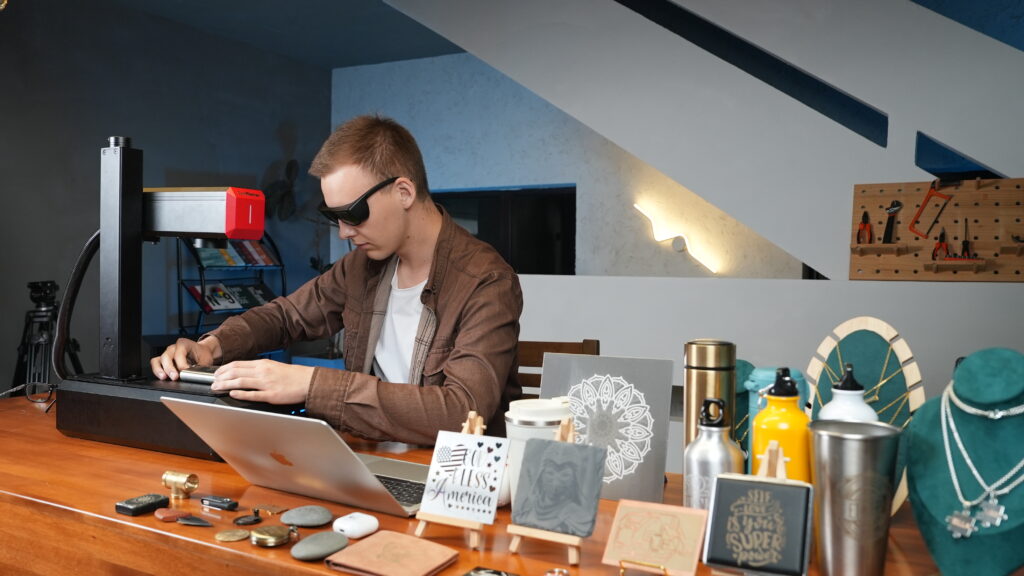
Suggerimenti per i geek: Massimizzare il potenziale del tuo incisore laser
- Perfezionare le impostazioni del laser: I migliori risultati di incisione si ottengono sperimentando diverse impostazioni, come il potere, velocità, e durata dell'impulso. Ciò è particolarmente importante per i laser a fibra e UV, dove la precisione è fondamentale.
- Test sui materiali: Prima di iniziare grandi progetti, eseguire test su pezzi di scarto del materiale. Materiali diversi reagiranno in modo diverso alle stesse impostazioni, quindi è essenziale comporre la configurazione perfetta.
- Padronanza del software: Il software utilizzato per il controllo del laser è importante quanto l'hardware. Programmi come LightBurn o RDWorks per laser CO2, EZCAD per fibra, e il software UV specializzato offrono diverse funzionalità per ottimizzare il processo di incisione.
- Manutenzione: Mantieni le lenti e gli specchi puliti, e controlla regolarmente l'allineamento del tuo laser per mantenere prestazioni ottimali. Polvere, detriti, e i disallineamenti possono influire sulla precisione e sulla potenza erogata.
Scegliere la giusta macchina per incisione laser significa bilanciare la precisione, energia, compatibilità dei materiali, e bilancio. Sia che tu stia creando disegni complessi su metallo, incisione del legno, o marcare il vetro delicato, comprendere le potenzialità della CO2, fibra, e i laser UV ti aiuteranno a scegliere lo strumento migliore per il lavoro. Ricorda di dare priorità alla sicurezza e massimizzare il potenziale della tua macchina con impostazioni e test accurati.




